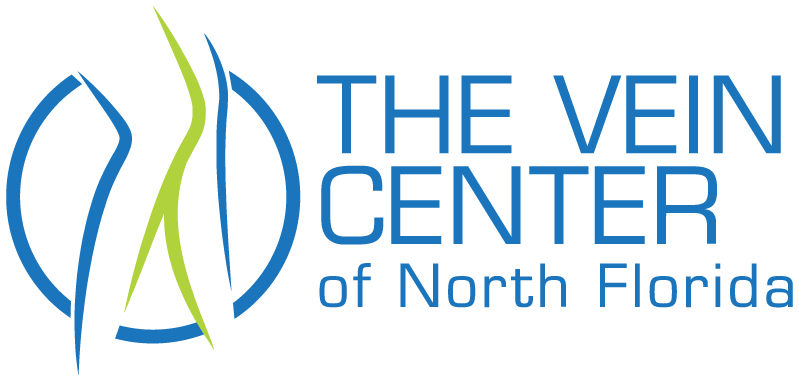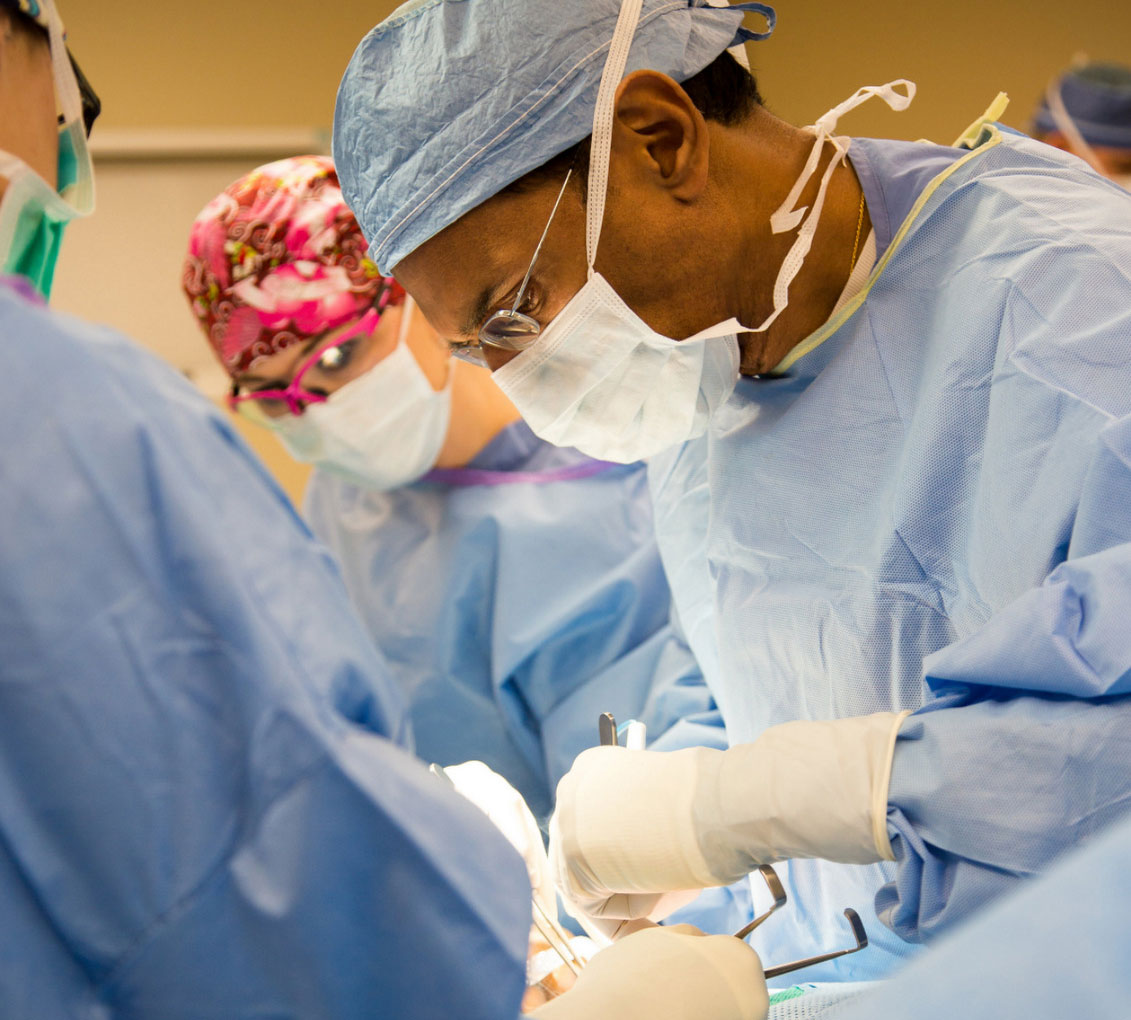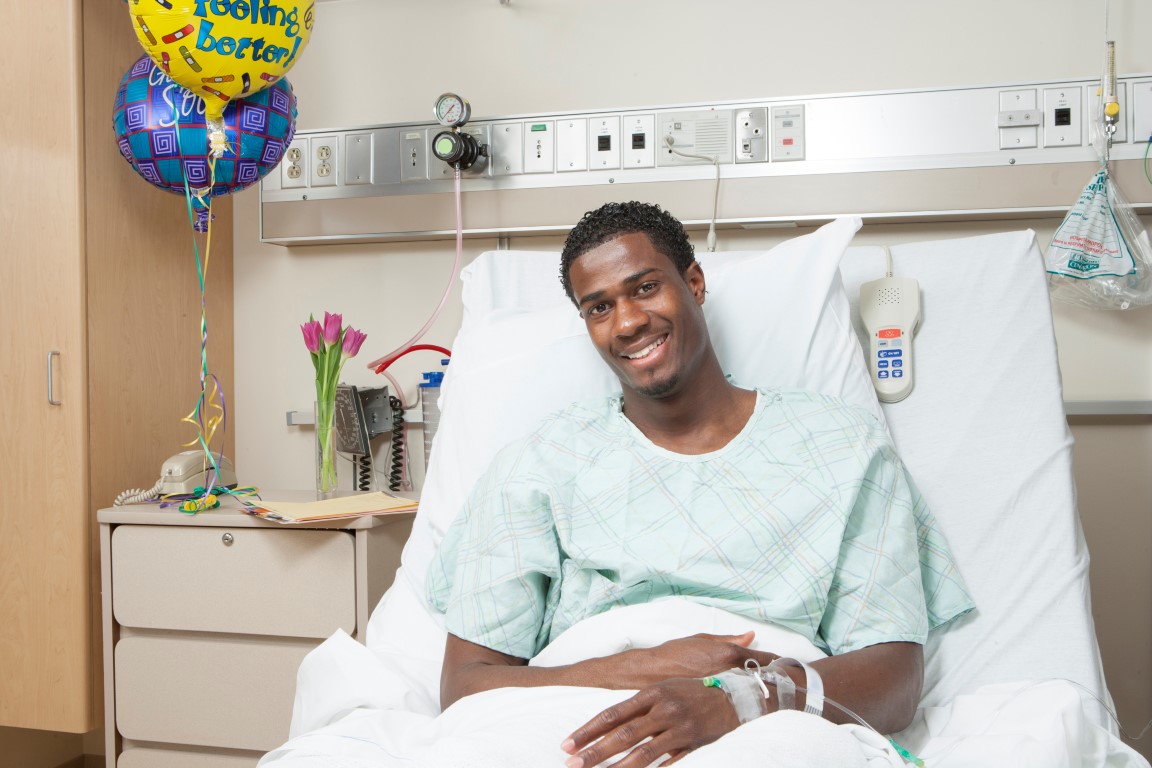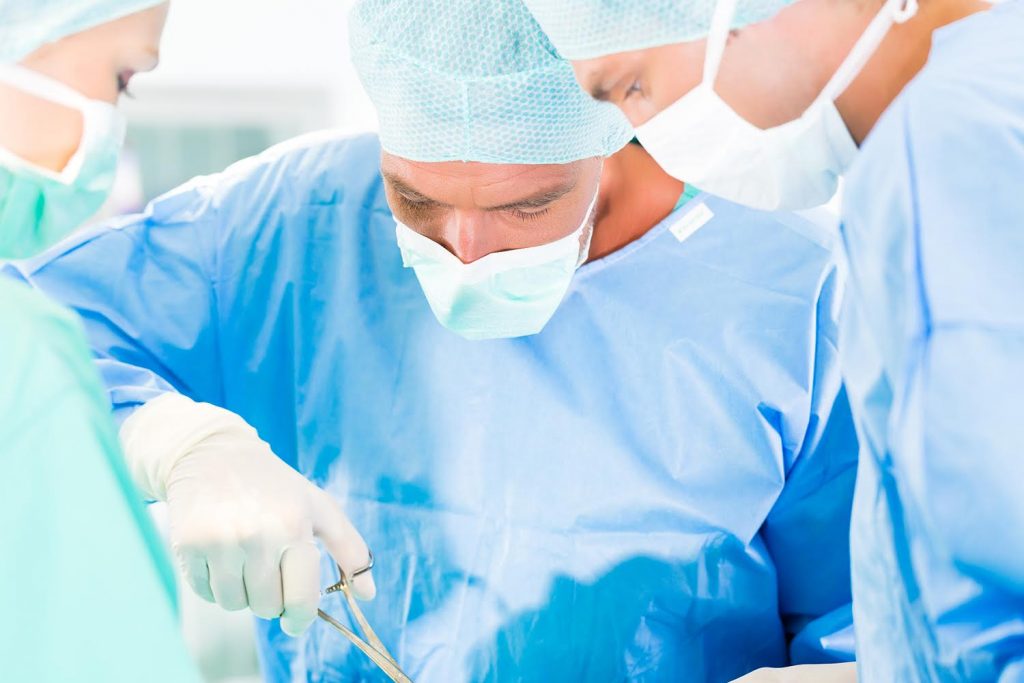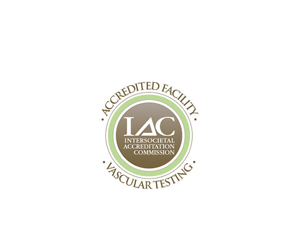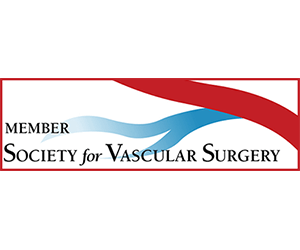When you and/or your doctor find a lump during a breast examination or a suspicious area found on a mammogram, ultrasound, or magnetic resonance imaging (MRI), your doctor will most likely recommend a biopsy. This removal of a small portion of the mass is reviewed under a microscope to determine whether or not cancerous cells exist.
There are several ways Surgical Specialists of Ocala perform breast biopsies:
- Fine-needle aspiration biopsy – Your doctor inserts a thin needle into a lump and removes a sample of cells or fluid.
- Core needle biopsy – Your doctor inserts a needle with a special tip and removes a sample of breast tissue about the size of a grain of rice.
- Vacuum-assisted core biopsy – This is done with a probe that uses a gentle vacuum to remove a small sample of breast tissue. The single small cut doesn’t require stitches and leaves a very small scar.
- Open (surgical) biopsy – Your doctor will make a small cut in the skin and breast tissue to remove part or all of a lump. This may be done as a first step to check a lump or if a needle biopsy doesn’t provide enough information.
If needed, your doctor may use ultrasound or MRI to guide the biopsy needle. Or your doctor may use a computer to locate the exact spot for the biopsy sample from mammograms that have been taken from two angles (stereotactic needle biopsy). A fine wire, clip, or marker also may be used to mark the site.

